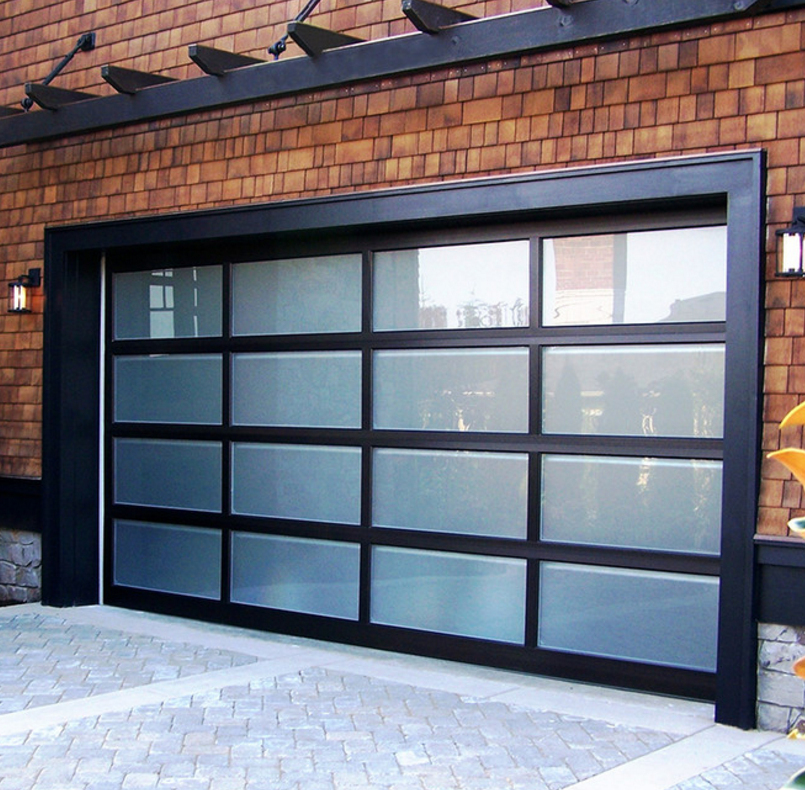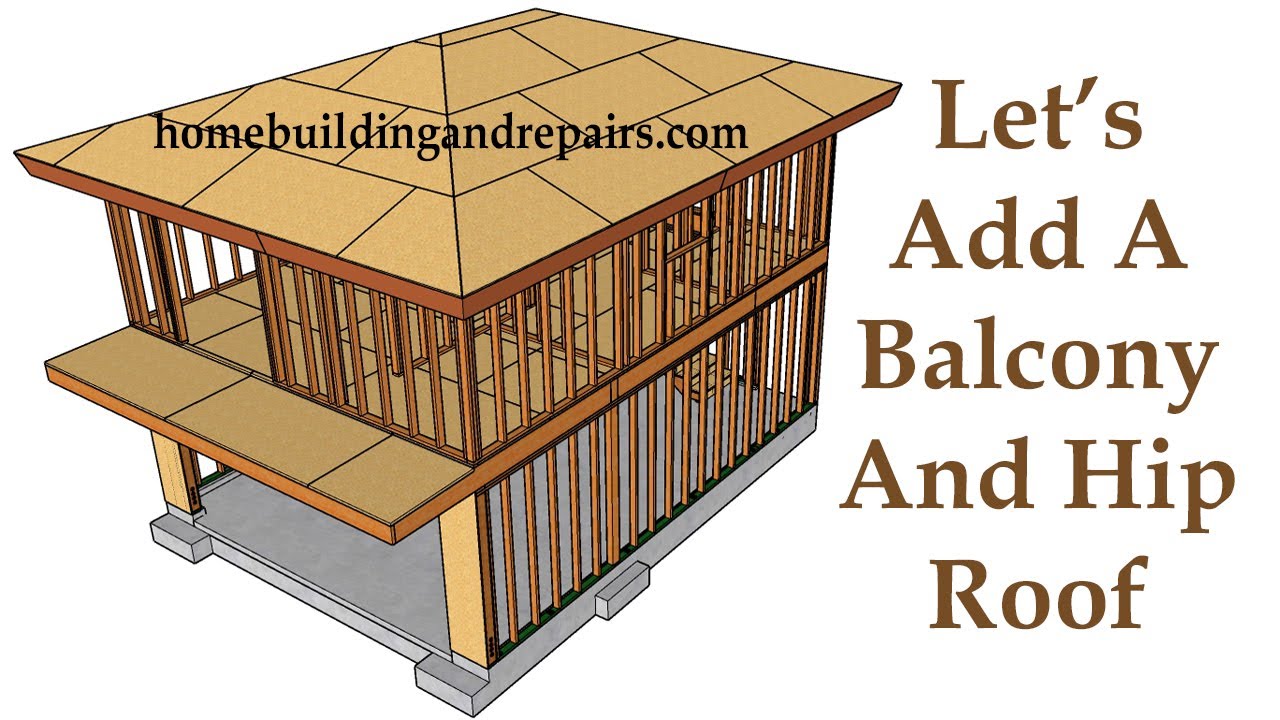
Adding garage shelving can increase the amount of storage space available in your garage. There are many types of garage shelving, including wall-mounted and freestanding. It is important that you choose a unit that can hold all the items in your garage. It is important to choose the right material for your shelving unit. Some materials are more durable and are more resistant to stains and spills than others.
Garage shelving can either be made of metal, particle board or MDF. Particle board, while lightweight, is more likely than metal to rust. If you are looking to store larger items, such tools and equipment, you might consider a heavy-duty shelving system.
Wall-mounted shelving is a great way of maximising your storage space. Mounted shelves attach to garage walls using brackets. These brackets can be made from metal and attached to your garage wall using studs. For best results, you should mount the shelves at least 16 inches from the floor and 20 inches apart. Ceiling-mounted shelving systems are also available that project downward. These shelves are lighter than a standalone unit so are easier to move.

Freestanding units can be made of metal or wood and can be mounted to the ceiling or wall. They can be more flexible than other types and take up less floor space. A drill and some tools are required to install them.
Chrome mesh or steel wire are common materials for adjustable rail shelves. Vertical metal tracks are installed into the wall and brackets slip into slots. The shelves can be adjusted so that you can add and take off items as needed. Although they are designed to hold heavy objects they can be easily moved to create additional storage space.
Particle board works well as shelving. However, engine fluid can cause staining. Metal shelving is nonporous, doesn't absorb chemicals and is ideal for storage of paint and other chemical products.
MDF and particle board can be a great choice for those who don't need heavy items to be held, but still want strong structural integrity. Both are sturdy and easy to assemble. These units are also powder coated to prevent scratches and dents.

MDF and particle board generally weigh less than metal, but they have the same weight limit. Plastic shelving can be moved easily and is much cheaper than MDF. Plastic shelving is also cheaper and more portable than MDF. It may not be the best option for a messy garage.
You can also purchase an adjustable rail shelf. This kind of shelving is flexible too, but you'll need studs to attach the track. Some shelves are not suitable for concrete over drywall.
Garage shelving prices will vary depending on the material used. The material you choose to use will also impact your energy costs. Be sure to use a temperature-controlled space if you plan to store food or hazardous materials. To prevent spills and stains, cover the shelves.
FAQ
What are the largest expenses when remodeling a kitchen
There are a few important costs to consider when renovating a kitchen. These include demolition, design fees, permits, materials, contractors, etc. These costs seem small when you look at them individually. But when you combine them, they quickly add up to be quite significant.
Demolition is likely to be the most expensive. This includes removing the old cabinets, appliances, countertops, flooring, etc. The drywall and insulation must then be removed. Finally, you have to replace those items with new ones.
Next, you must hire an architect to draw out plans for the space. You will need permits to ensure your project meets the building codes. You will then need to find someone to perform the actual construction.
The contractor must be paid once the job has been completed. It is possible to spend anywhere from $20,000 up to $50,000 depending on the size and complexity of the job. Before hiring a contractor, it is vital to get estimates from multiple people.
You can sometimes avoid these costs if you plan. You may be eligible to get better prices on materials, or you might even be able skip some of your work. You can save money and time if you are clear about what you need to do.
People often try to install their cabinets themselves. Because they don't have professional installation fees, this is a way to save money. They often spend more trying to install cabinets themselves. A professional can usually complete a job in half of the time that it would take you.
Unfinished materials can also be a way to save money. You should wait until all of the pieces have been assembled before you buy pre-finished items like cabinets. You can use unfinished materials immediately if you buy them. If things don't work out as planned, you can always modify your mind later.
Sometimes, however, it's not worth all the effort. You can save money by planning your home improvement project.
What is the cost of tile for a shower?
You might want to go big if you are going to do it yourself. Full bathroom remodels are an investment. However, quality fixtures and materials are worth the long-term investment when you consider how beautiful a space will be for many years.
The right tiles can make a significant difference in the look and feel of your room. This quick guide will help with your selection of the best tiles, no matter if you're looking for small or big projects.
First, choose the flooring type you wish to use. The most common options are ceramics, stone, porcelain, and natural timber. Select a style, such as classic subway tiles or geometric patterns. Next, choose a color palette.
A large bathroom remodel will require you to match the tile in the room. For example, you might opt for white subway tile in your kitchen or bath and choose darker colors elsewhere.
Next, determine the size of the project. Is it time for a small update to the powder room? Or would you rather add a walk-in closet to your master suite?
Once you have decided on the scope of the project, visit your local store to view samples. This way, you can get a feel for the product and its installation techniques.
Online shopping is a great way to save on porcelain tiles and ceramics. Many sellers offer bulk discounts and free shipping.
Are there any savings on a remodel of a bathroom or kitchen.
Remodeling a bathroom and kitchen can be costly. It may make more sense to spend money on home improvements, considering how much you pay in energy bills each month.
Small upgrades can help you save thousands of dollars per year. Simple changes such as insulation in ceilings and walls can help reduce cooling and heating costs by up to 30%. Even a small addition can increase comfort and resale values.
The most important thing to keep in mind when planning for renovations is to choose products that are durable and easy to maintain. The durability and ease of maintenance that porcelain tile and stainless steel appliances offer over vinyl and laminate countertops is why solid wood flooring and porcelain tile are so much better.
Altering old fixtures can also help reduce utility bills. Low-flow showerheads or faucets can help reduce water usage by up 50 percent. Replacing inefficient lighting with compact fluorescent bulbs can cut electricity consumption by up to 75 percent.
What is the difference between a remodel and a renovation?
Remodeling is any major transformation of a room or portion of a bedroom. A renovation is a minor alteration to a space or part of a place. A bathroom remodel, for example, is a major undertaking, while a new sink faucet is minor.
Remodeling involves the complete or partial renovation of a room. A renovation is merely changing something in a particular room. A kitchen remodel might include the replacement of countertops, sinks as well as appliances, lighting, and other accessories. You could also update your kitchen by painting the walls, or installing new light fixtures.
Why should I remodel rather than buying a completely new house?
Although it is true that houses become more affordable every year, you still pay for the same area. Even though you may get a lot of bang for your buck, you also pay a lot for that extra square footage.
It is less expensive to maintain a house that does not require much maintenance.
Remodeling your home instead of purchasing a new one can save you hundreds.
You can transform your existing home to create a space that suits you and your family's lifestyle. You can make your home more welcoming for you and your loved ones.
What is the difference between building a new home and gutting a current one?
The process of gutting a house involves removing all contents inside the building. This includes walls, floors and ceilings, plumbing, electrical wiring and appliances. Gutting is done when you want to make some modifications before moving in. Gutting a home is typically very expensive because so many things are involved in doing this work. Depending on your job, the average cost to gut a home can run from $10,000 to $20,000.
A builder builds a house by building it frame by frame. Then, he adds walls and flooring, roofing, windows and doors. This usually happens after you have purchased lots of lands. Building a home is normally much less expensive than gutting, costing around $15,000-$30,000.
It all depends on what you plan to do with your space. You'll need to spend more if you plan to gut your home. It doesn't matter if you want a home built. You can design it yourself, rather than waiting for someone else.
Statistics
- About 33 percent of people report renovating their primary bedroom to increase livability and overall function. (rocketmortgage.com)
- bathroom5%Siding3 – 5%Windows3 – 4%Patio or backyard2 – (rocketmortgage.com)
- Following the effects of COVID-19, homeowners spent 48% less on their renovation costs than before the pandemic 1 2 (rocketmortgage.com)
- 55%Universal average cost: $38,813Additional home value: $22,475Return on investment: 58%Mid-range average cost: $24,424Additional home value: $14,671Return on investment: (rocketmortgage.com)
- Windows 3 – 4% Patio or backyard 2 – 5% (rocketmortgage.com)
External Links
How To
How to Remove Tile Grout From Floor Tiles
Most people are unaware of tile grouting. It is used to seal the joints between the tiles. There are many types of grout available today. Each one has a different purpose. We will show you how tile grout can be removed from floor tiles.
-
First, you must ensure you have all the tools needed before starting this process. It is a good idea to have a grout knife, grout scraper, as well as some rags.
-
Now you must clean any dirt or debris under the tile. You can use the grout cutter to remove grout from the tiles and scrape off any remaining pieces. You should not damage any tiles.
-
After cleaning everything, take out the grout scraper. Use it to clean up any grout left behind. If no grout is left over, you can proceed to step 4.
-
Now you can get on with the next step. Soak one of your rags in water. Make sure the rag is fully wet. To ensure that the rag does not absorb water, dry it.
-
The wet rag should be placed on the joint between the tile and the wall. Keep the rag in place until the grout starts to separate. Slowly pull the rag toward you, and keep pulling back and forth until all of the grout is gone.
-
Continue repeating steps 4 through 5 until all grout is removed. Rinse and repeat the procedure if necessary.
-
After you have removed all grout, use a damp cloth to wipe the tiles' surface. Let dry thoroughly.